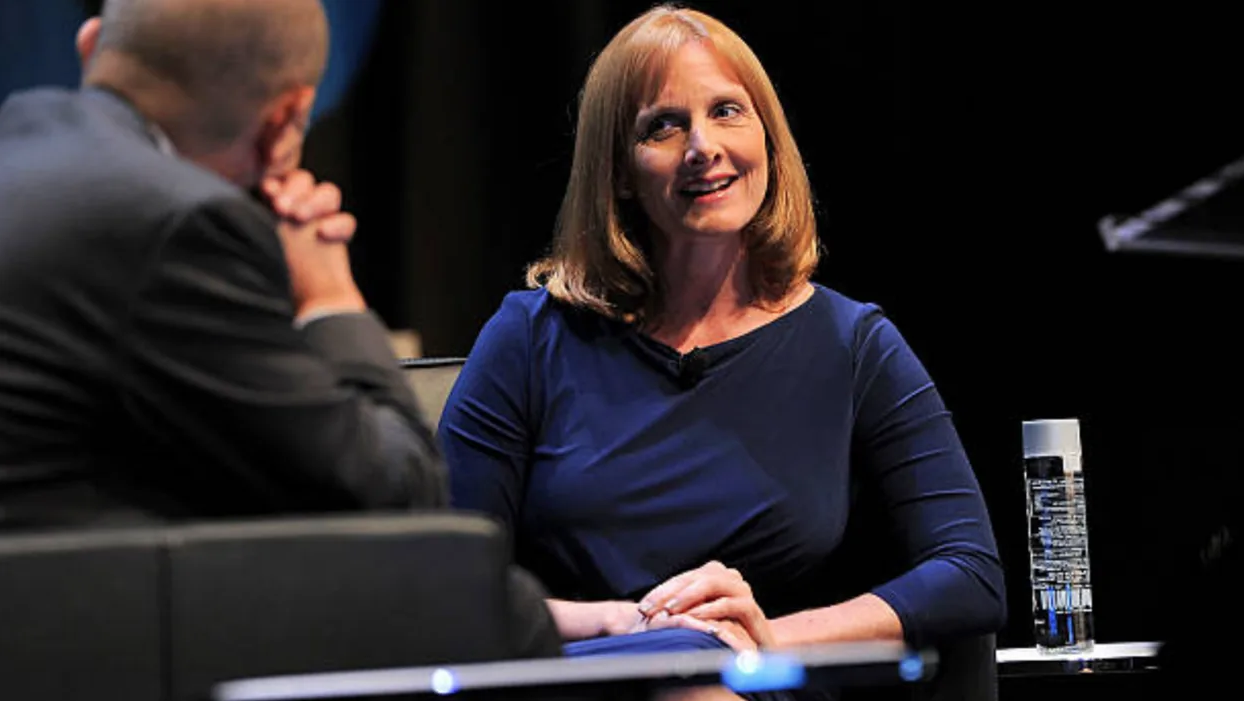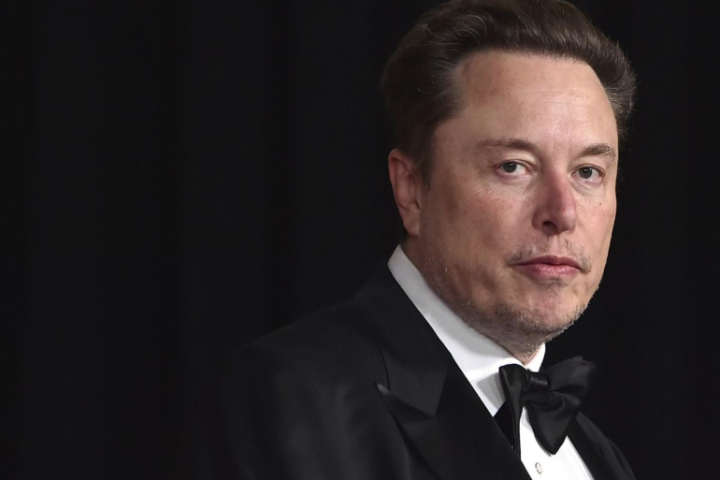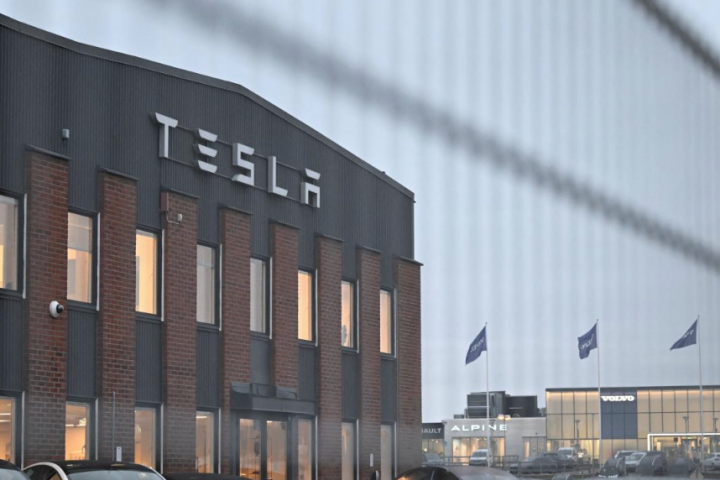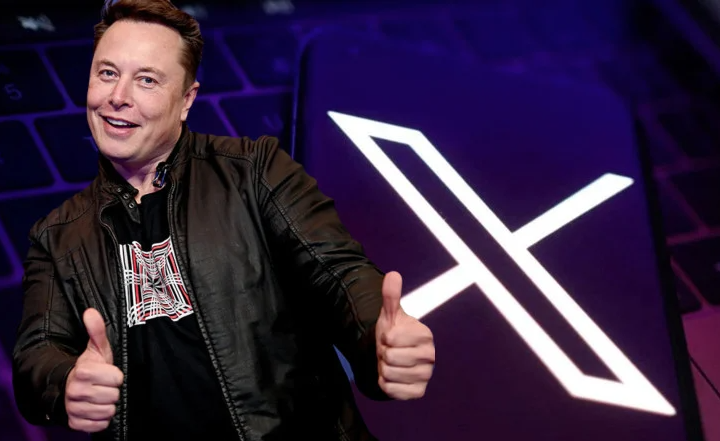Are autonomous vehicles a threat?
In 2021, an engineer named Missy Cummings drew the ire of Elon Musk on what was then called Twitter. Cummings, a professor at Duke University, had conducted research on the safety of self-driving cars and her findings led her to issue some stern warnings about Tesla’s driver assistance technology. He wrote that the cars had ‘erratic and often unreliable’ movements and that more testing was needed ‘before they are allowed to operate without human control’. As a result of his research, Cummings was appointed to the National Highway Traffic Safety Administration (NHTSA) to help regulate robot cars.
Musk’s fans (as usual) lost their cool; Cummings’ remarks that he would stand in Tesla’s way soon led to Musk’s involvement. Musk tweeted that “Cummings’ background is extremely biased against Tesla.” Targeting Cummings’ appearance and work, Musk’s fanatics went on a rampage. They accused him of self-interest, signed petitions demanding his removal and sent death threats in emails.
But it seems Musk and his comrades-in-arms had the wrong person.
Cummings, one of the US Navy’s first female fighter pilots, flew F/A-18s. The trolls on Twitter didn’t scare her. She posted the most vile threats on LinkedIn, hired personal security as a precaution, and said, “The fighter pilot in me has come out. I love a challenge,” he said.
In fact, we can’t say that he won the battle completely. Due to a slew of complaints from the Tesla side, the NHTSA forced Cummings to wash his hands of anything to do with the company. Cummings then took a new job at George Mason University and expanded his research from Tesla to the entire world of self-driving cars. With companies like Cruise and Waymo rolling out robotic taxis on the streets of San Francisco and other cities, the rise of the machines had begun. Cummings was at the forefront of the resistance.
In a controversial new paper, he wrote that robot taxis are four to eight times more likely to crash than a human-driven car. Driverless vehicles could cause traffic jams, block emergency vehicles, and even continue onward toward a person hit by a human-driven car.

“I’m actually saying that this is not just a Tesla problem, Tesla is the first company to have these problems,” Cummings said in the article, which really angered internet trolls: “I’ve been telling people for years that autonomous driving is going to have these problems, and it has.”
Serving in the military turned out to be a very good way to be prepared for the wrath of Musk fans. In his 1999 memoir ‘Hornet’s Nest’, Cummings describes how much he loved flying jets and says the thrill of being launched from (or landing on) an aircraft carrier never wore off. But the environment was not pleasant. Sexual harassment and sexism were routine, and male colleagues repeatedly told Cummings that she was unfit to fly fighter jets simply because she was a woman.
Fighter piloting also gave Cummings a first-hand lesson in the hidden dangers of machines, automation and user interfaces. Two pilots died on his first day of training. On his last day, he witnessed the worst training disaster ever on an aircraft carrier. In total, 36 people lost their lives in accidents during the three years Cummings flew.
In 2011, Cummings had an epiphany while researching robot helicopters for the Navy. These helicopters were far from perfect, despite having nothing but air around them, and they used sensors similar to those used by self-driving cars.
“When I dug deeper into the capabilities of these sensors, I woke up and said ‘oh no’. We have a serious problem with automobiles too…”
Some of the dangers were technical. People get distracted, self-driving systems get confused in complex environments, etc. But Cummings says other dangers are more subtle, what he calls ‘sociotechnical’. In his view, what he calls the ‘hypermasculine culture’ in Silicon Valley is intertwined with the ‘move fast and break things’ mission statement of big tech companies, and the bro culture encourages people to ignore safety risks.
Are autonomous vehicles a threat?
So who is right? Cummings, or Waymo, Cruise and Tesla? It’s hard to say for one simple reason: Because the data on the safety of autonomous vehicles is really bad.
The robot taxi companies argue that Cummings is wrong for a number of reasons. In particular, they say that the figures on human accidents are actually undercounted. In a recent blog post, Cruise claims that his taxis are involved in 54 percent fewer accidents than cars driven by humans. Cummings says he finds this unconvincing, adding: “A blog post is not science; it’s a press release. Every company has a financial interest in publishing an article that makes them look good, and Cruise is no exception.”
Other experts also don’t take Cruise’s claims seriously. Steven Shladover, a research engineer at the Berkeley Institute for Transportation Studies, said, “If we were to believe Cruise’s numbers for drivers, they would be averaging two accidents a year. How many drivers have two accidents every year? That’s an extreme number,” he says.
Perhaps it’s not possible to come to a statistically significant and clear conclusion until robot cars have traveled hundreds of millions of kilometers. And again, maybe Cummings is right, autonomous vehicles are a threat. Or the picture may not be as dire as he suggests in his new paper. But in the end, it shouldn’t matter.
When data on the safety of a product or device is unclear, regulators need to set and enforce rules that protect consumers, just as they do in other industries. If the data on robot cars is unclear or incomplete, these rules should keep them off the road.
The burden of proof is on Waymo, Cruise and Tesla, not Missy Cummings. And if these companies want to drive 2-ton robots on public streets, blogging about data benchmarks is not the way to show people they’re ready.
Cummings said, “One of the most important things I’m emphasizing right now, coming from my years in aviation, is that all these companies need a chief AI pilot. They need someone to stand up and say, ‘I’m in charge.’ We’re doing that right now in the aviation industry. That’s why so many people lost their heads in the Boeing 737 Max problems. They got complacent and lost their safety culture.”
Cummings is a rigorous researcher and, in the words of one transportation safety researcher, provocative. He is not afraid to take a swipe at companies like Tesla, Waymo and Cruise, and to argue that tech barons should be brought under a stricter regulatory framework. In other words, Elon Musk’s worst nightmare. He has repeatedly risked his life to test the incredible capabilities – and deadly limits – of human-machine interfaces. And he’s done it in the real world, where the stakes are much higher than on the battlefields of Twitter and LinkedIn. For him, the safety of self-driving cars is not an abstract question. It’s a matter of life and death.
Cummings said, “I’m a tenured professor. My work speaks for itself. I’m trying to save your life,” he says. “And of course there’s a Don Quixote side to me. There is no windmill I won’t attack with a spear,” he adds.





